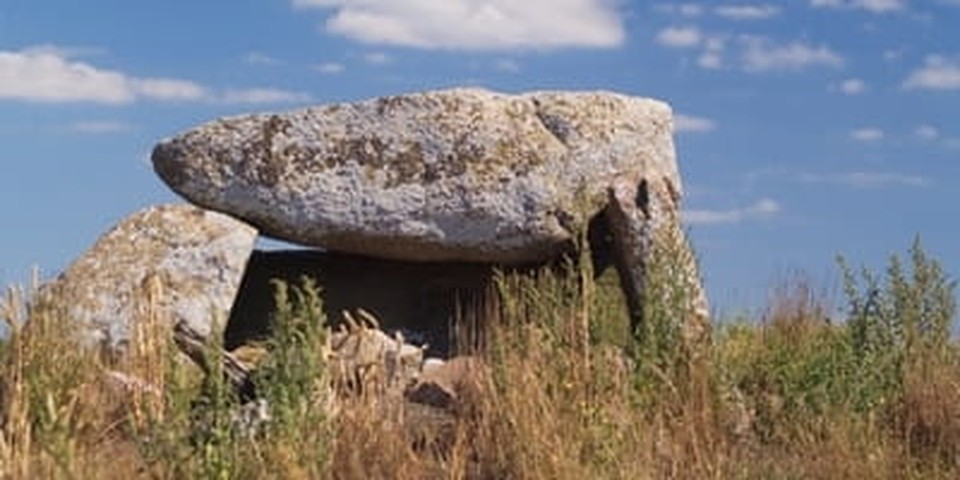What Were the “High Places”?

In 1–2 Kings, the presence of “high places” serves as a type of litmus test for Israel’s morality. When the kings build these worship sites, the people forsake Yahweh for foreign gods. When they remove them, God is pleased and promises His presence (2 Kgs 18:3–4; 22:2; 23:4–27). What were these high places? And why were they so detrimental to Yahweh worship but yet surprisingly acceptable at times?
A high place was a localized or regional worship center dedicated to a god. Worship at these local shrines often included making sacrifices, burning incense, and holding feasts or festivals (1 Kgs 3:2–3; 12:32). Some of these high places contained altars, graven images, and shrines (1 Kgs 13:1–5; 14:23; 2 Kgs 17:29; 18:4; 23:13–14). The Canaanites, Israel’s enemy who worshiped Baal as their chief deity, also used them.
The term “high places” was translated from the ancient Greek translation of the Old Testament (the Septuagint), not from the Hebrew. The term conjures up images of remote hilltops, but in the biblical context, it wasn’t limited to mountaintops; Jeremiah 7:31 locates a high place in a valley and 2 Kings 23:18 at a city gate.
High Places Weren’t for Lowly Worshipers
When the Israelites first entered the promised land, they were told to destroy the high places, idols, and molten images of the Canaanite inhabitants (Num 33:52). They were also instructed not to worship at high places that were Canaanite sites (Deut 12:2–3). They were told Yahweh wanted to be worshiped in another way: “You shall not worship the Lord your God in that way. But you shall seek the place that the Lord your God will choose out of all your tribes to put his name and make his habitation there” (Deut 12:4–5).
Until a temple to Yahweh was built, the Israelites primarily worshiped Yahweh at a local center of worship—a practice that was not condemned. The prophet Samuel blessed sacrifices that were offered at high places, and Solomon sacrificed 1,000 burnt offerings on the altars in Gibeon (1 Sam 9:12–25; 1 Kgs 3:4). In 1 Kings 3:2, we find these high places were intended to serve Israel’s worshiping needs for a season “because no house had yet been built for the name of the Lord.”
Temple Worship
The temple, built in Jerusalem by Solomon, ushered in a new period of Israelite worship, bringing the 12 tribes together as one people to worship God in one place. Yahweh took up residency in His temple and the need for other centers of worship became obsolete (1 Kgs 9:3). But despite this new temple, God’s people were still found worshiping at high places.
Ironically, we find one of the first references to high places in the narrative of Solomon, the very king who built the temple. He taints the new era of collective worship by building high places for Chemosh, Molech, and all of his wives’ foreign gods (1 Kgs 11:8). The tipping point toward tragedy comes with the opening words of 1 Kings 11:1: “Now King Solomon loved many foreign women.” The compromise he made would lead the nation astray: “His wives turned away his heart after other gods, and his heart was not wholly true to the Lord his God, as was David his father” (1 Kgs 11:4).
After the kingdom splits, the kings that follow—from both Israel and Judah—often continue this practice. Jeroboam, king of the northern tribes, institutes local worship at high places throughout the northern kingdom and shrines at Bethel and Dan for his own political purposes (12:28–32). He effectively perverts Yahweh worship by mixing it with pagan worship. The kings that follow don’t do much better. And the kings that tear down the high places are succeeded by kings that build them up again (2 Kgs 21:3).
The Murky Middle
Recognizing that high places are not the way Yahweh desired to be worshiped, some kings, like Hezekiah and Josiah, tear them down (23:8–9). Others, though they are called righteous, never tear them down, like Jehoshaphat (1 Kgs 22:43), Jehoash (2 Kgs 12:3), Azariah (15:3–4), and Jothan (15:34–35). Sometimes this was due to ignorance, as was the case with Josiah (23:3–25:27), but in most cases it was flagrant disobedience.
After the temple is established, these structures are never viewed positively—even when they are dedicated to God. Yahweh wanted to be worshiped in the place where He made His name known (Deut 12:4–5). For the ancient Israelite, to worship God anywhere else was disobedience, and the consequences were severe. In 1 Kings, Solomon’s lack of loyalty to God and their covenant relationship results in God splitting the kingdom (11:6–13). For the divided kingdoms, it also resulted in royal lines being cut off, civil and foreign wars and eventually—exile (1 Kgs 13:33–34; 2 Kgs 17:20). Like many aspects of the biblical text, high places present us with some ambiguity; the theological message, however, is straightforward. God is long-suffering and He is willing to forgive His people’s disobedience. Indeed, not everything that goes around comes around. But He wants our uncompromising obedience and loyalty. In the end, He is not satisfied with anything less.
Biblical references are from the English Standard Version (ESV).

Originally published August 05, 2014.





